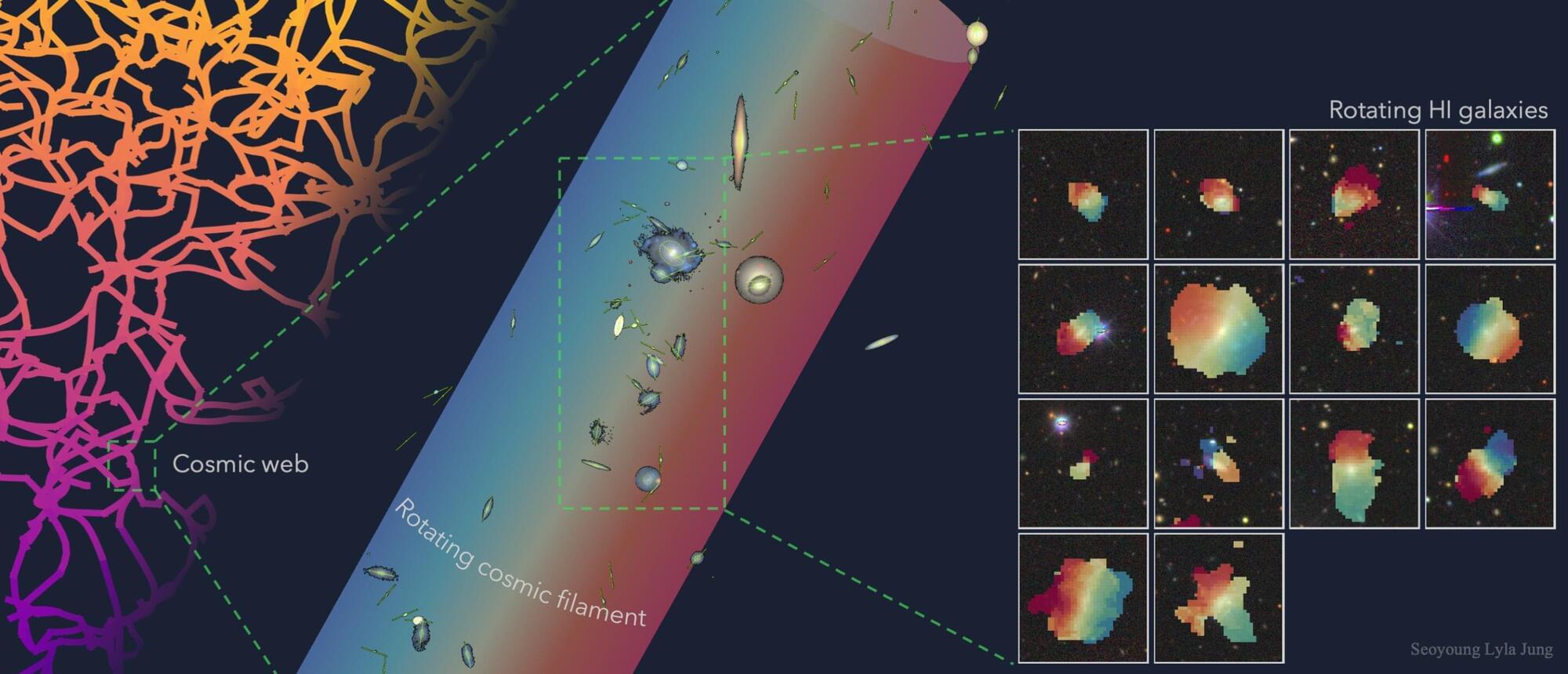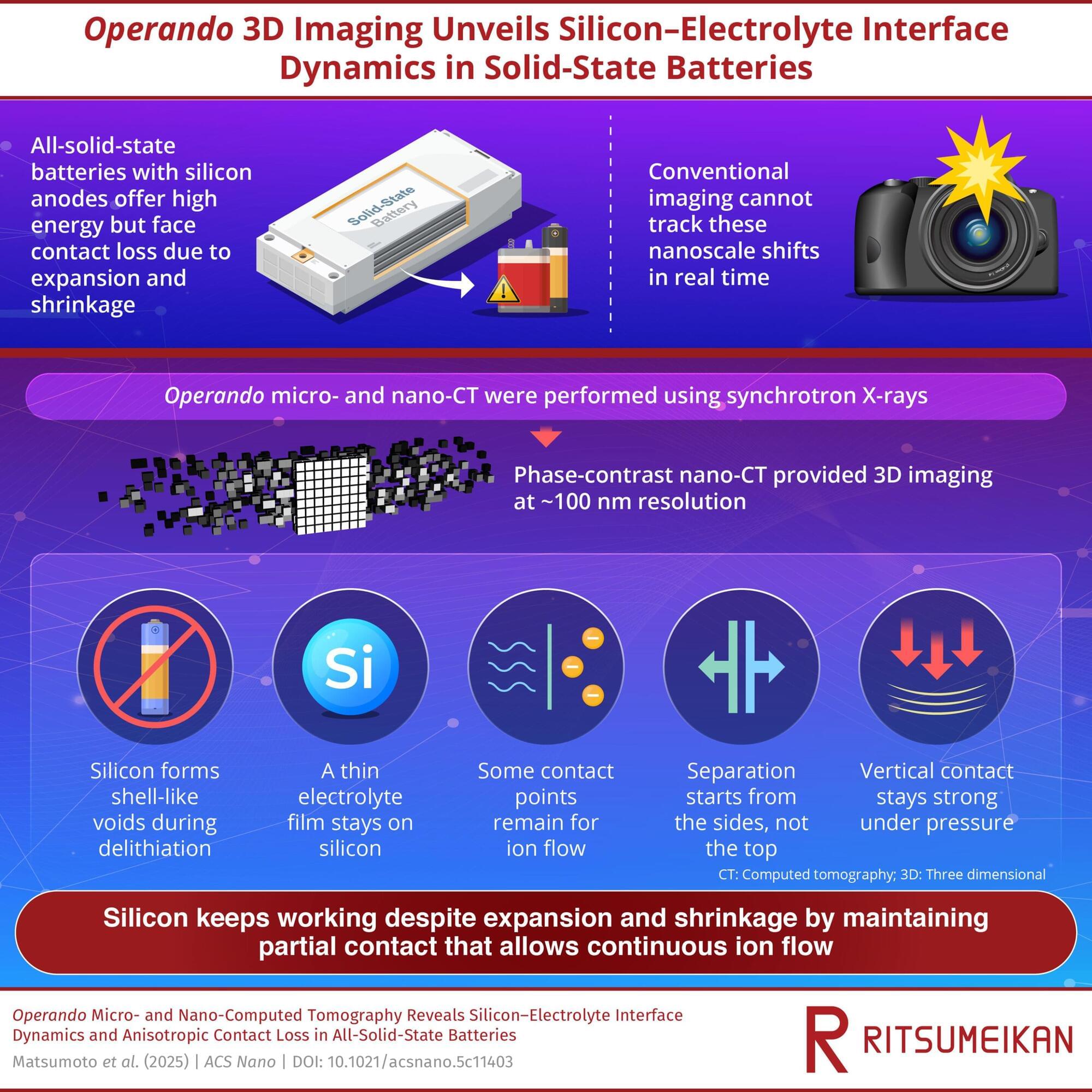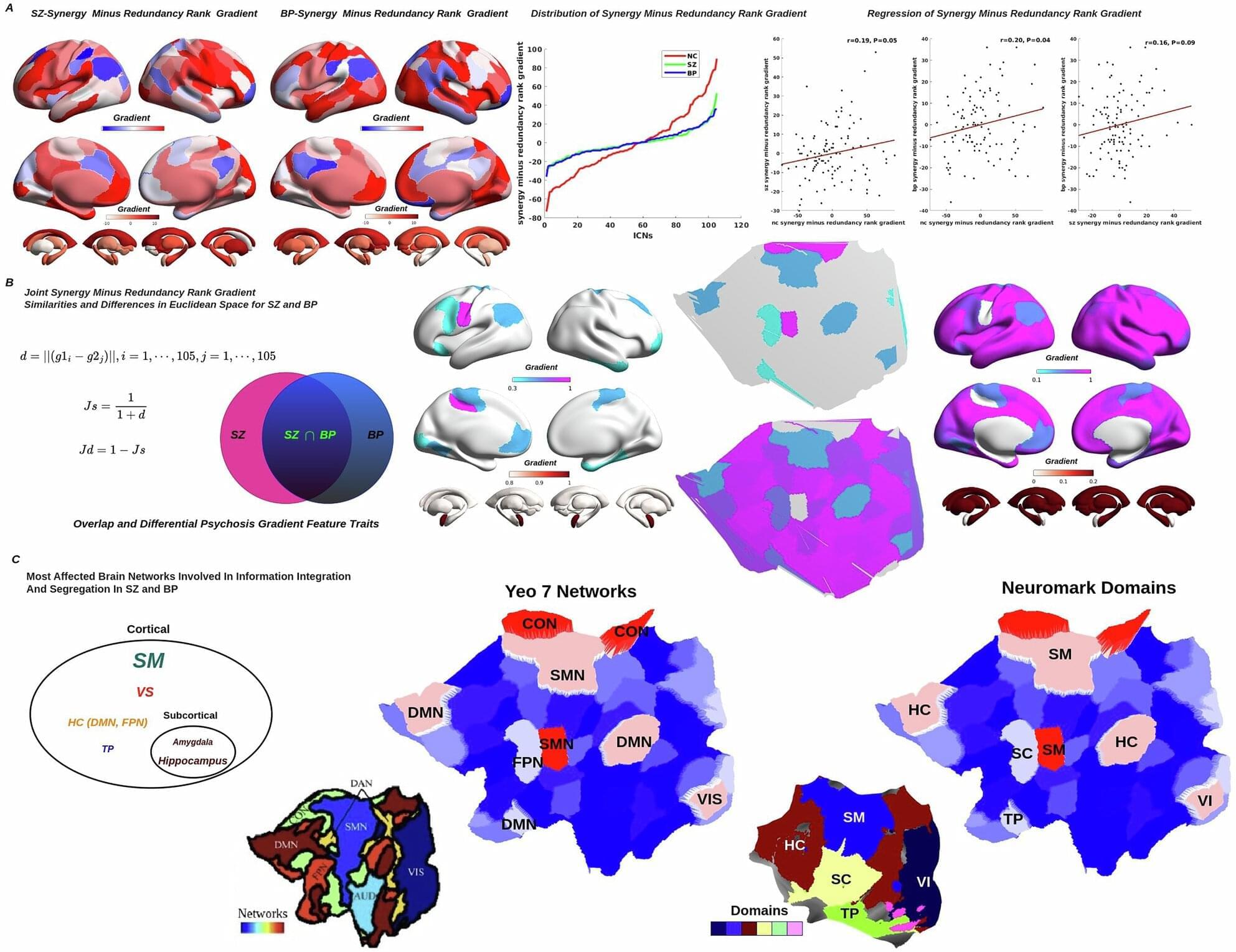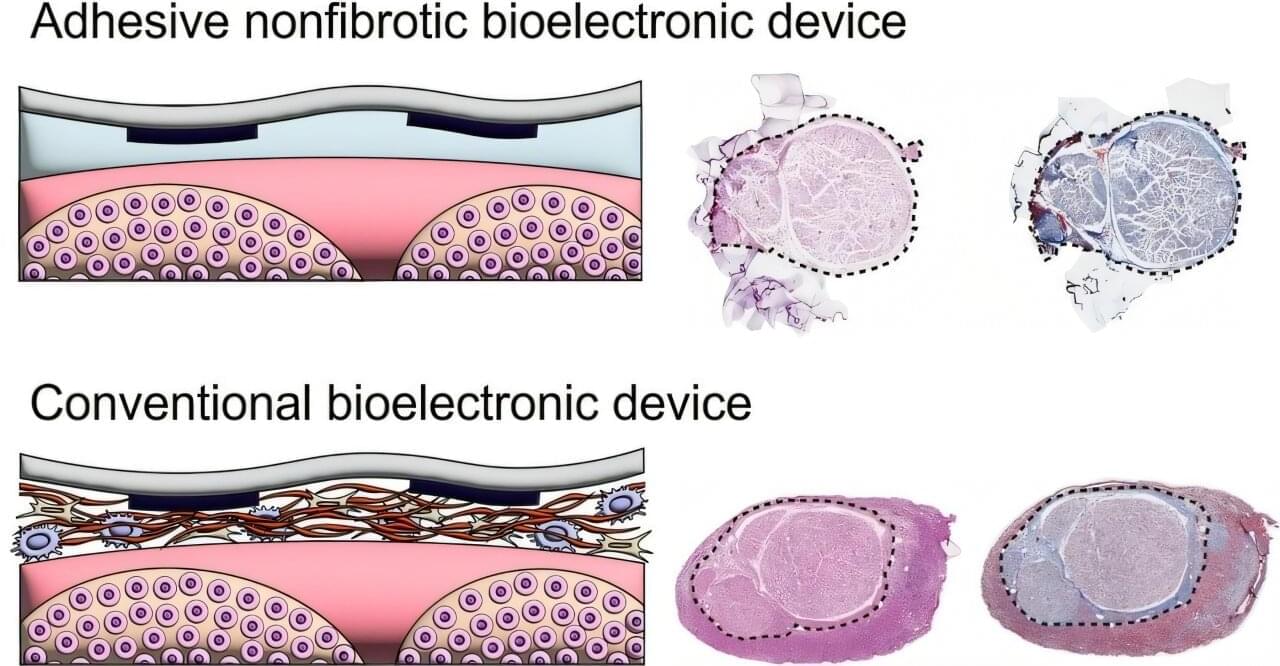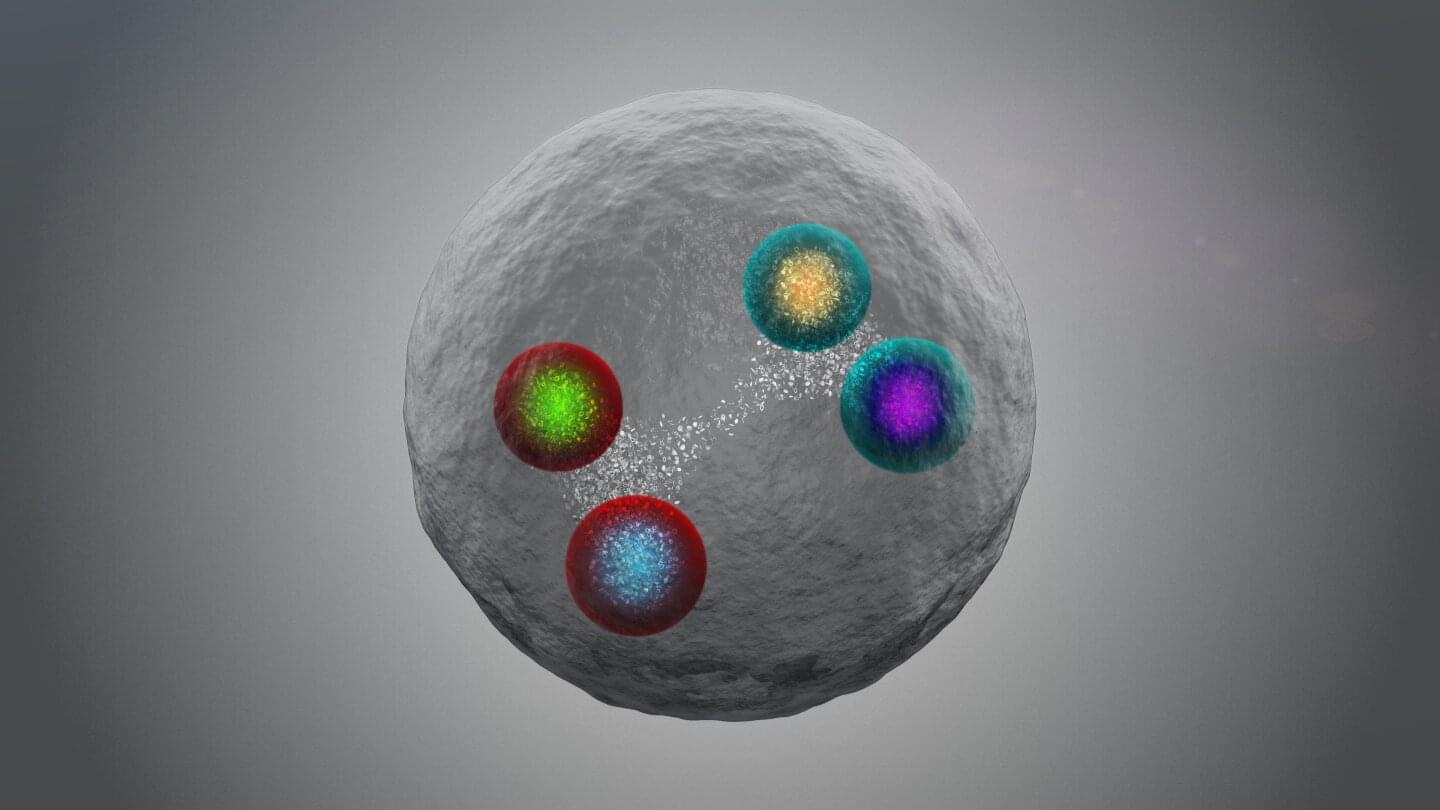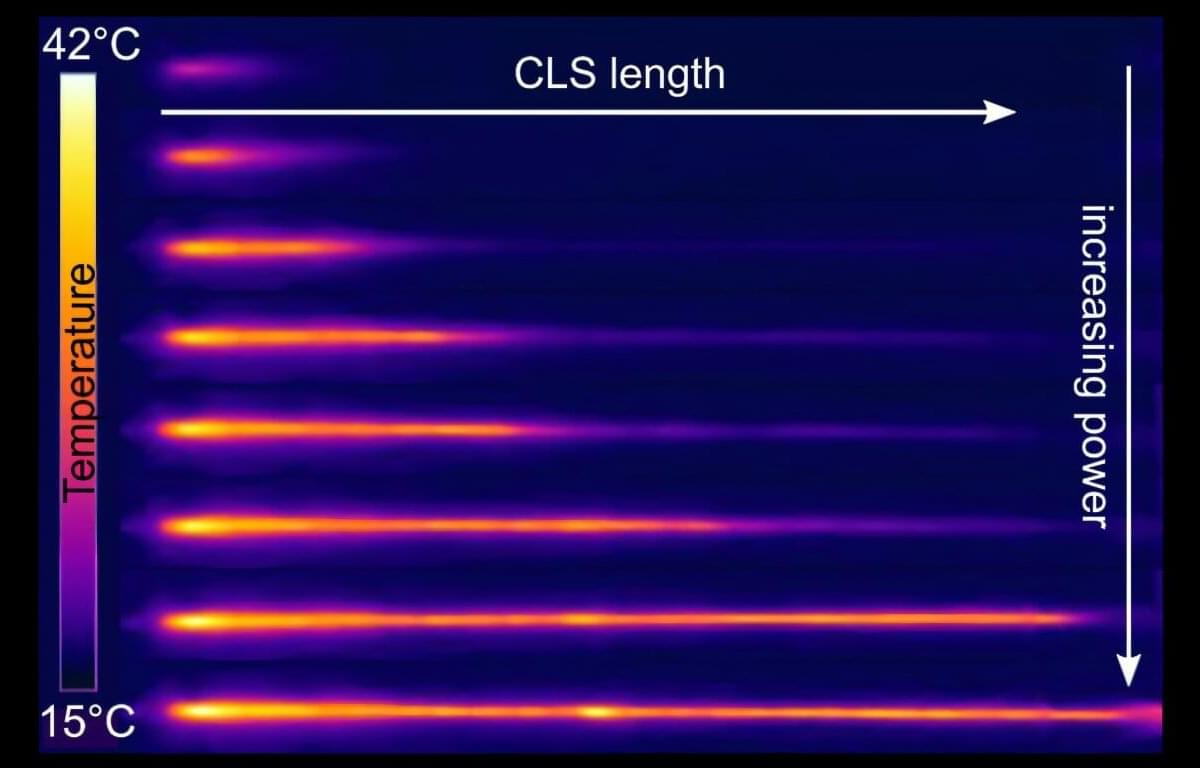An international team led by the University of Oxford has identified one of the largest rotating structures ever reported: a “razor-thin” string of galaxies embedded in a giant spinning cosmic filament, 140 million light-years away.
The findings, published in Monthly Notices of the Royal Astronomical Society, could offer valuable new insights into how galaxies formed in the early universe.
Cosmic filaments are the largest known structures in the universe: vast, thread-like formations of galaxies and dark matter that form a cosmic scaffolding. They also act as “highways” along which matter and momentum flow into galaxies.
